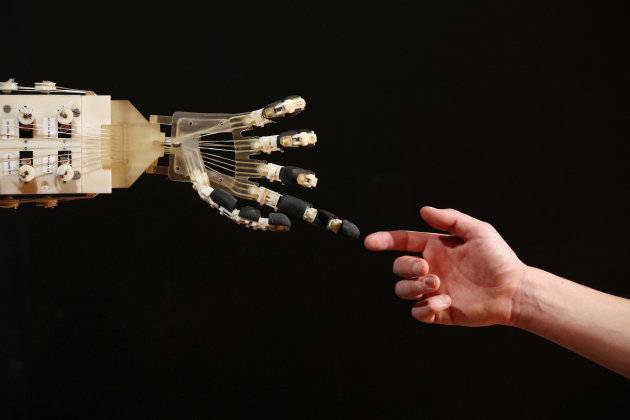“We have to pass the bill so that you can find out what is in it.”
-- Nancy Pelosi
What we're finding out:
 |
| "Why don't you just bend over." |
Take a rain check: Get ready for healthcare gridlock. Once the new healthcare law fully takes effect, all Americans will be entitled to a long list of preventive services with no out-of-pocket costs, but the healthcare system won’t have enough doctors to provide them. The shortage will create longer waiting periods that some patients will be able to cope with better than others. Lower income patients will be worse off, according to the Independent Institute.
Someone always gets rich. It turns out that Obamacare is going to be a very lucrative gig for a new crop of government bureaucrats. A subcommittee of the board charged with establishing a healthcare exchange is considering creating 24 positions and pay those employees a total of more than $3 million annually. The average annual salary of a health benefits exchange employee would exceed $125,000 under the plan. The highest salaries would be paid to the CEO ($200,400) and chiefs of finance, operations and communications would make $165,000 each.
Bad hospital, bad: A provision of ObamaCare is set to punish roughly two-thirds of U.S. hospitals evaluated by Medicare starting this fall over high readmission rates, according to an analysis by Kaiser Health News.
Starting in October, Medicare will reduce reimbursements to hospitals with high 30-day readmission rates -- which refers to patients who return within a month -- by as much as 1 percent. The maximum penalty increases to 2 percent the following year and 3 percent in 2014.
This would be your death panel: Peter Orszag, the former White House budget director, derieds the idea that better incentives can reduce costs. Mr. Orszag's alternative: the Independent Payment Advisory Board composed of 15 philosopher kings who will rule over U.S. health care.
Who are these Orszag 15? Well, nobody knows. The board was supposed to be up and running by the end of September, but the White House is avoiding naming names for Senate confirmation until after the election. No one knows, either, what this group of geniuses will propose, but that too is part of the grand Orszag plan.
How it works in Canada: There are two tiers of men with advanced prostate cancer in Ontario: Those who get access to a remarkable drug through private insurance, and those who get a death sentence.
The grim news is often delivered at the London Regional Cancer Program to men whose shoulders sag and jaws drop when told Ontario's Health Ministry has for 15 months refused to pay for a medication covered by every other Canadian province.
Alive but dumb: Parents and students facing sky-high state-run college tuitions aren't likely to be thinking about ObamaCare. But perhaps they should, since ObamaCare will likely end up making college still more expensive.
Why? Because ObamaCare relies heavily on Medicaid — the federal/state program that provides health insurance for the poor — to expand coverage.
But Medicaid is already swallowing up state budgets, forcing states to cut back on everything else, especially support for public colleges.








